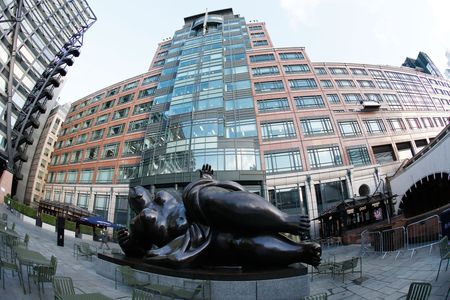
By Aidan Lewis
CAIRO (Reuters) – The European Bank for Reconstruction and Development (EBRD) will help finance the decommissioning of 5GW of inefficient gas-fired power plants in Egypt from 2023 while pledging up to $1 billion for renewables, its regional director said on Sunday.
EBRD would raise up to $300 million in sovereign financing for projects including work to stabilise Egypt’s grid, adding battery storage, developing the local supply chain for renewables, and retraining workers, said Heike Harmgart, EBRD’s managing director for the Southern and Eastern Mediterranean.
A separate $1 billion pledged for renewables would be about one tenth of the private funding needed for 10GW of mainly wind-powered projects planned by the government by 2028, she added.
Egypt is a natural gas producer that is trying to cut down on domestic consumption so that it can export more to Europe at a time of high prices and demand resulting from Russia’s invasion of Ukraine.
It has a power surplus after installing three huge gas-fired power plants built by Siemens from 2015.
The government is hoping gas exports can help contain pressure on Egypt’s currency after the Ukraine war triggered the latest dip in dollar inflows from portfolio investment and tourism.
The role of gas is set to be an issue of dispute at the COP27 climate summit in Egypt in November.
Climate activists say there should a rapid transition away from gas. As host of COP27, Egypt is giving a voice to some African states that want to continue using gas as a transition fuel to develop their economies.
About 3GW of the planned 10GW of new renewable power would be made available for a pilot phase in the production of green hydrogen in Egypt’s Red Sea port of Ain Sokhna, Harmgart said.
Some would go to replacing capacity lost through the decommissioning of the thermal power plants.
Egypt has announced a string of memoranda of understanding for green hydrogen and ammonia projects at Ain Sokhna.
(Editing by Alexander Smith)

